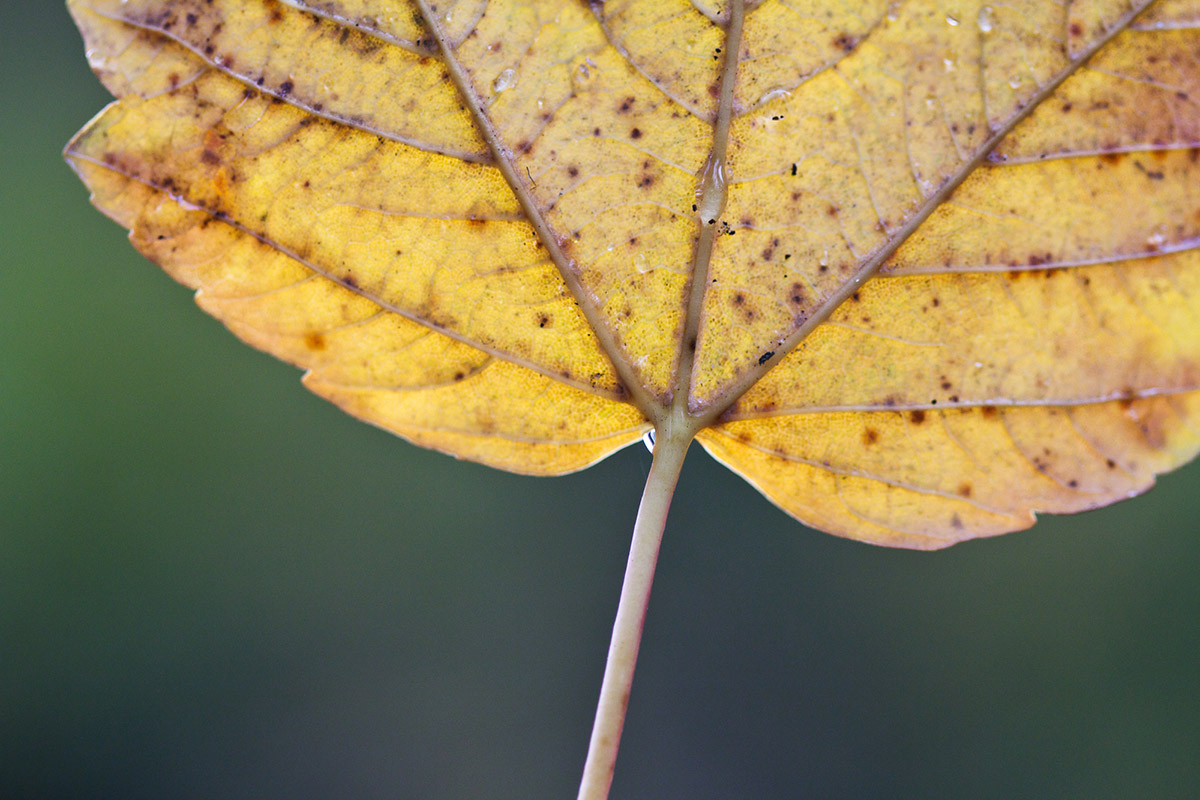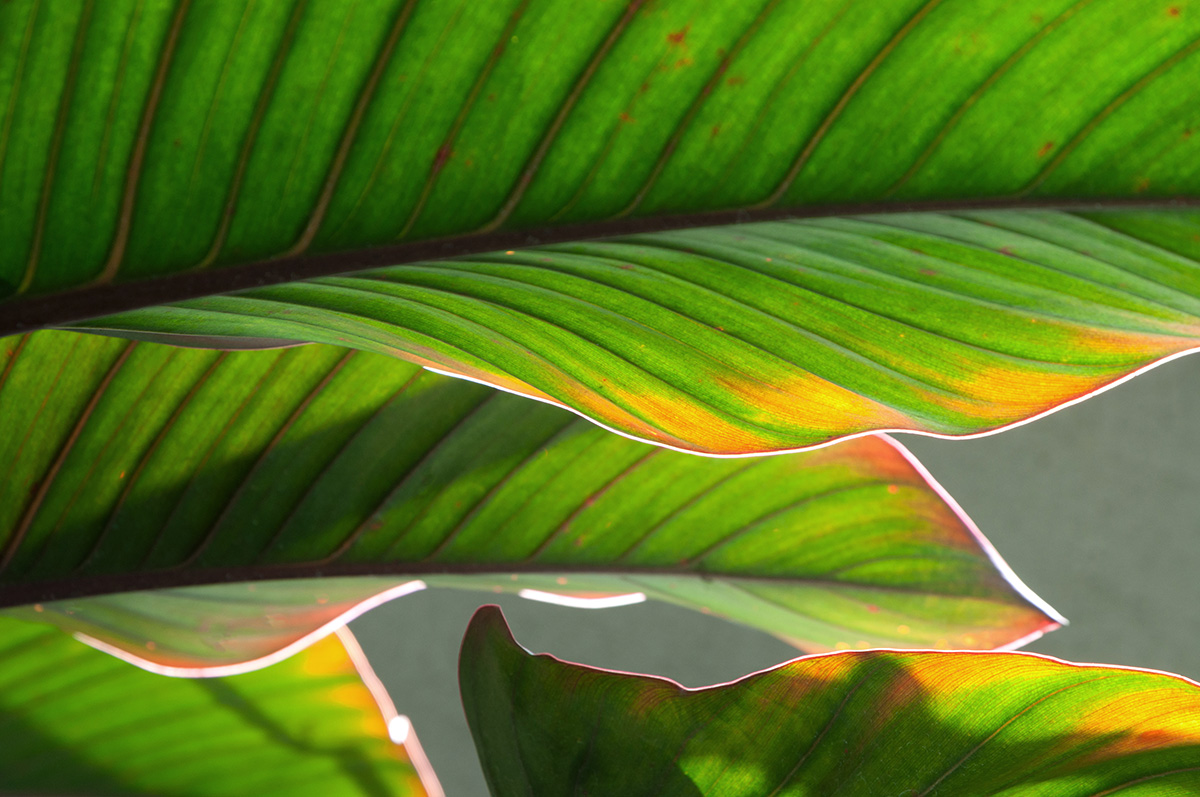A Database of 182,000 Leaves Reveals New Information About Plants’ Origins
Leaves turn red, orange, and yellow in Autumn– a transition in nature to which artists and writers have dedicated poems and paintings. Yet this natural cycle is also subject to unnatural changes in the environment, according to recent analysis.
Research shows that throughout the United States and Canada, leaves are beginning to remain in their autumn colors for longer periods of time due to Climate Change. It’s also impacting the size and shape of the leaves. As temperatures rise in Australia, certain leaves have narrowed by 2 millimeters and decreased in width by 40 percent, according to the results of one study. Information embedded into these leaves can be used to interpret the environment around them.
A new, comprehensive database of 182,000 leaves released on June 20, 2017 helps scientists analyze those changes and pull more information from the data in leaves. The overall goal of the research, led by plant morphologist Dan Chitwood, is to determine the geographical origin of each plant, and what plant family they belong to, as well as to gain insight into ancient climates and conditions of specific regions based on the leaves. As two-dimensional structures, leaves “provide a unique opportunity to quantify morphology,” the researchers write.
Research shows that throughout the United States and Canada, leaves are beginning to remain in their autumn colors for longer periods of time due to Climate Change.
Chitwood, formerly a researcher at the Donald Danforth Plant Science Center in St Louis, Missouri, presented the results at the Botany 2017 meeting in Fort Worth, Texas, on June 27. They were posted on the online server bioRxiv a week prior.
The researchers predicted the site where the leaf was collected at a 14.5 percent accuracy rate and the plant family by a 27.3 percent accuracy rate. Although these overall prediction rates may seem low, they are above the level of chance which they’d determined by bootstrapping 1,000 simulations.
For the project, the researchers analyzed leaves from 141 plant families and 75 sites throughout the world. The method revealed both the plant family and the collection site of the plant, which confirmed fixed morphological features that could characterize a leaf based on its particular location of origin.
The researchers analyzed the data using a method called persistent homology, which “isolates subsets of shape features and measures the spatial relationship of neighboring pixel densities in a shape.” A traditional and popular method of morphology involves tracing the landmarks of leaves, and then superimposing them to generate coordinates for statistical analyses. Nearly all leaves have homologous landmarks at the base and tip, but not all of them have easily identifiable landmarks beyond these because of the leaves’ flat surface, which makes this a limited method.
The researchers conclude that techniques that can capture other qualities of the leaves, like the plant’s branching pattering of roots, shoots, and inflorescences, are yet to be developed.
As a plant biologist, Chitwood’s career has focused on the morphology of plants, but he has also applied his fascination to the development and evolution of shapes to a surprising subject– the modern day violin. “Shape is information that can tell us a story,” Chitwood said in 2014, about his research on how morphology influenced the development of the modern day form of this instrument. So with music as with nature, the narrative rests in what is yet to be discovered.





































